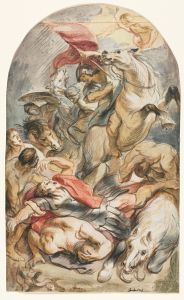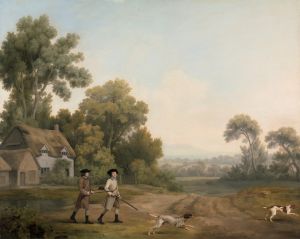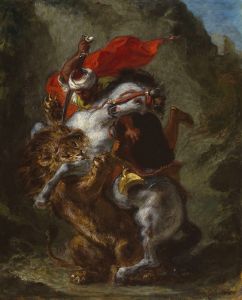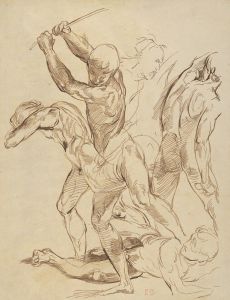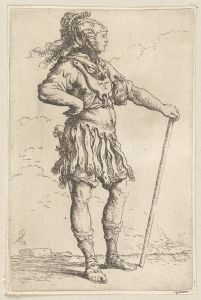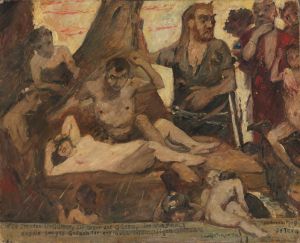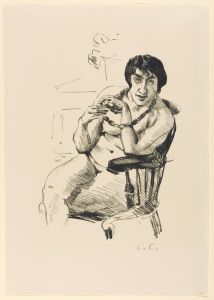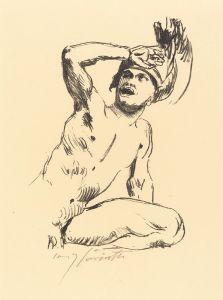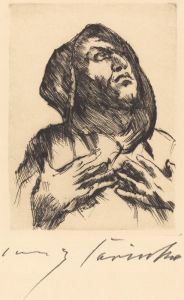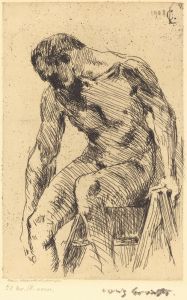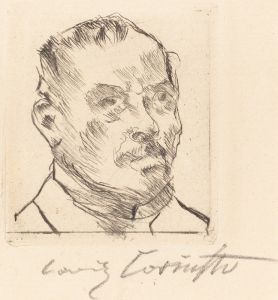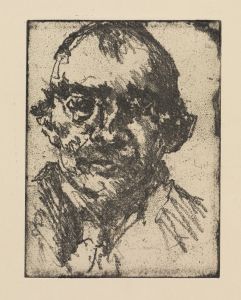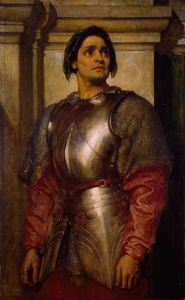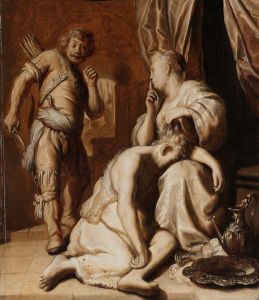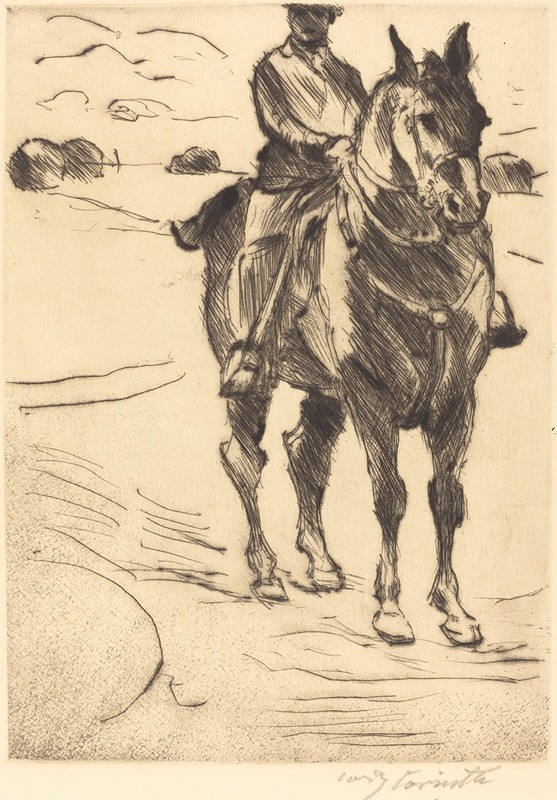
Horseman – II
A hand-painted replica of Lovis Corinth’s masterpiece Horseman – II, meticulously crafted by professional artists to capture the true essence of the original. Each piece is created with museum-quality canvas and rare mineral pigments, carefully painted by experienced artists with delicate brushstrokes and rich, layered colors to perfectly recreate the texture of the original artwork. Unlike machine-printed reproductions, this hand-painted version brings the painting to life, infused with the artist’s emotions and skill in every stroke. Whether for personal collection or home decoration, it instantly elevates the artistic atmosphere of any space.
Lovis Corinth's Horseman – II is a painting created by the German artist Lovis Corinth, a prominent figure in the transition from Impressionism to Expressionism in the late 19th and early 20th centuries. Corinth, known for his dynamic brushwork and vivid use of color, was a key member of the Berlin Secession, an art movement that sought to challenge traditional academic art in Germany.
Horseman – II is part of Corinth's broader exploration of equestrian themes, which appear in several of his works. The painting depicts a rider on horseback, rendered with Corinth's characteristic energetic and expressive style. The composition reflects his interest in capturing movement and vitality, with the horse and rider portrayed in a dynamic pose. The use of bold, loose brushstrokes and a vibrant color palette is typical of Corinth's mature period, during which he embraced a more expressive approach to painting.
The exact date of creation for Horseman – II is not widely documented, but it is believed to have been painted during Corinth's later career, after he had recovered from a stroke in 1911 that temporarily impaired his ability to work. This period saw a shift in his artistic style, with an increased emphasis on emotional intensity and a freer, more spontaneous technique.
Lovis Corinth's works often drew inspiration from classical themes, mythology, and everyday life, and his equestrian paintings are thought to reflect his fascination with the power and grace of horses. While Horseman – II is not as widely studied or exhibited as some of his other works, it remains an example of his ability to convey energy and emotion through his art.
The painting is part of Corinth's extensive oeuvre, which includes portraits, landscapes, still lifes, and historical scenes. His contributions to modern art have been recognized for their role in bridging the gap between traditional and modernist approaches, and his works continue to be celebrated in museums and collections worldwide.
Further specific details about Horseman – II, such as its current location or provenance, are not readily available in public records.





